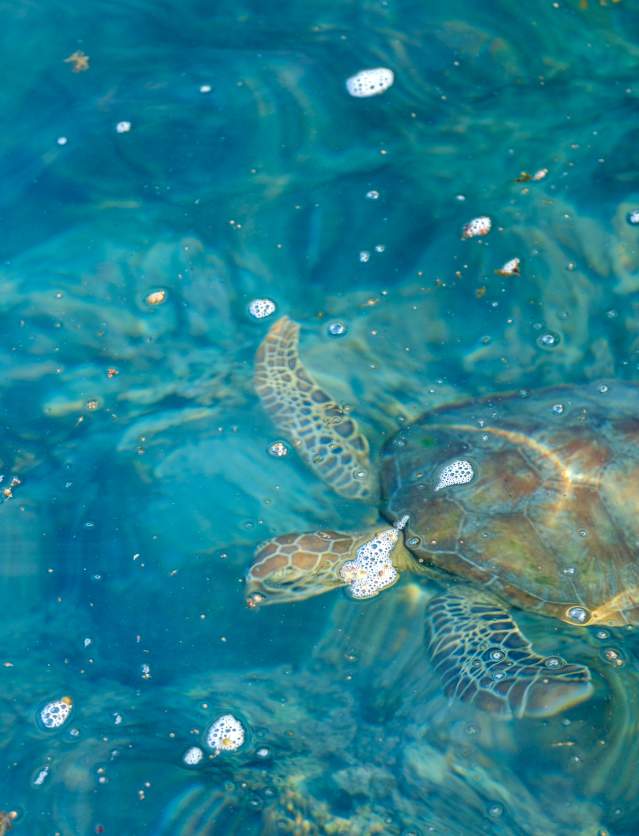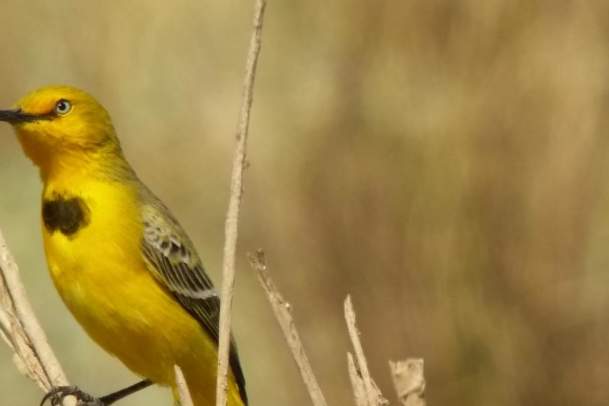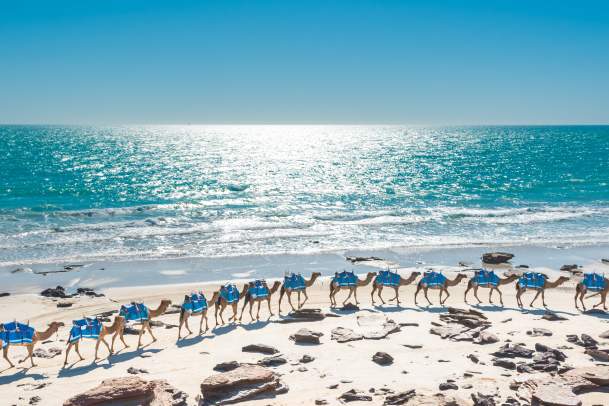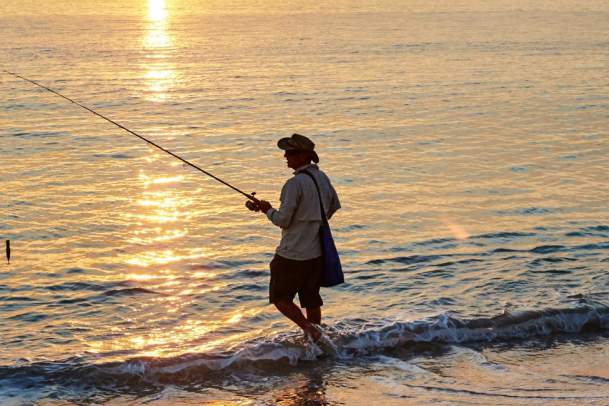Turtle Nesting
The coastal waters and islands of the Pilbara and Kimberley are home to six of the seven species of sea turtles in Australia.
While turtles may be seen in the ocean year round, the only time they leave the water is during nesting season. Only 5 species are known to nest in the north west - the green, olive ridley, flatback, hawksbill and loggerhead turtles.
Turtles feature in many stories, ceremonies, traditions and contemporary activities of Aboriginal people, and are often a food source in remote coastal communities
Beaches around Port Hedland and the Dampier Archipelago, as well as Eighty Mile Beach, Eco Beach, beaches around Broome, Montgomery Reef and islands in the Dampier Archipelago are known areas for turtle nesting and provide opportunities to observe this phenomenon during the nesting and hatching seasons.
While nesting occurs at different times in northern and southern areas of the North West, in general the nesting and hatching season takes place between October and March. Female turtles usually nest at night, crawling up the beach between one to two hours either side of the evening high tide. After creating a body pit, she digs an egg chamber in which to lay her eggs, then covers them with sand before returning to the water.
Hatching usually takes place seven to eight weeks after the eggs have been laid. During this incubation period, the sex of the hatchlings is determined by egg temperature. Hatchlings usually emerge between dusk and dawn with the cooling sand acting as a trigger, after which they will make their way to the water. They will imprint cues from this beach that will enable them to return years later to mate and nest - which can take between 20 and 50 years!
Turtle monitoring programmes take place in Port Hedland and Broome and provide volunteering opportunities for people to observe turtle nesting and hatching during the season.
Remember to follow the Turtle Code of Conduct when observing turtle nesting:
- No Glow: turtles are easily distracted by lights, use the moon to light your way. No flash photography at any time.
- Move Slow: at all times to avoid disturbing turtles, walk along the water’s edge and slowly follow an emerging track.
- Stay Low: out of sight of nesting turtles - sit, crouch or lie in the sand.
Find some useful information on turtle nesting in the North West here.
Birdwatching
Head out with an expert to discover some of the Kimberley's incredible and beautiful bird…
Camel Safaris
A winding train of camels treads peacefully along the beach, waves lapping against the shore as the…
Fishing
The Kimberley and Pilbara regions offer some of the best wilderness and adventure fishing…
Whale & Dolphin Watching
Witness the incredible annual whale migration from the south-west to the most important humpback…






